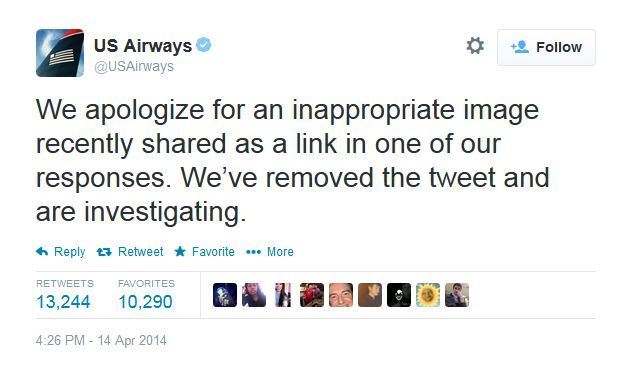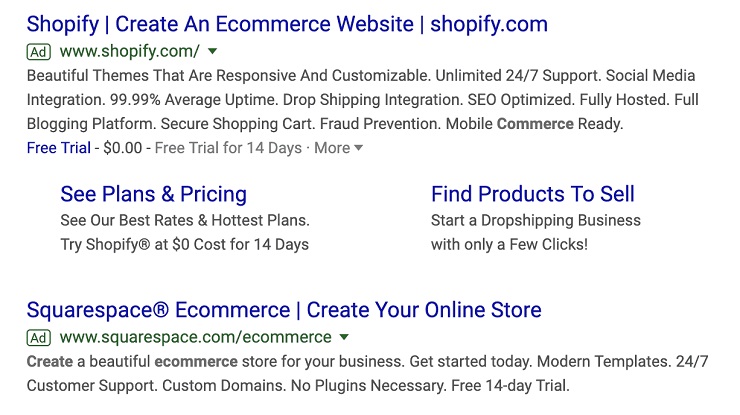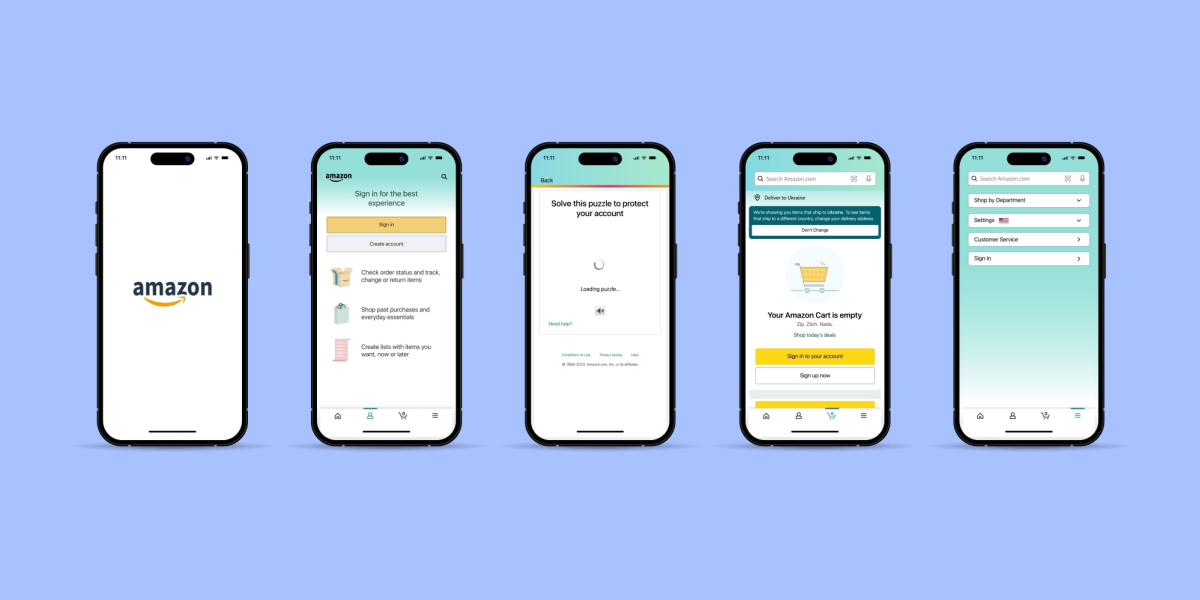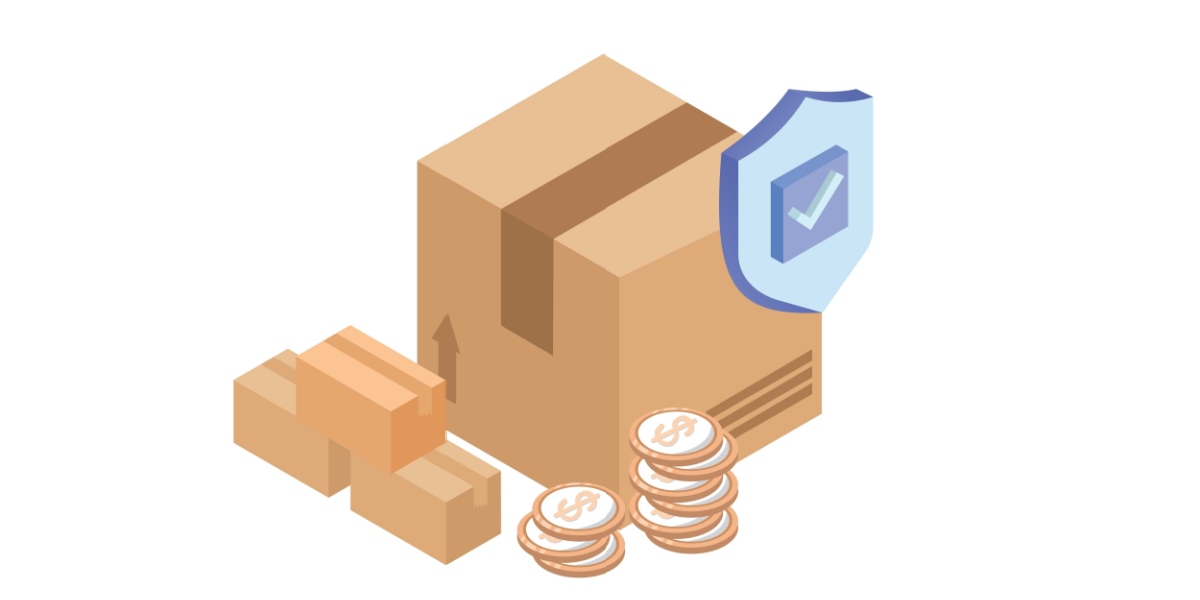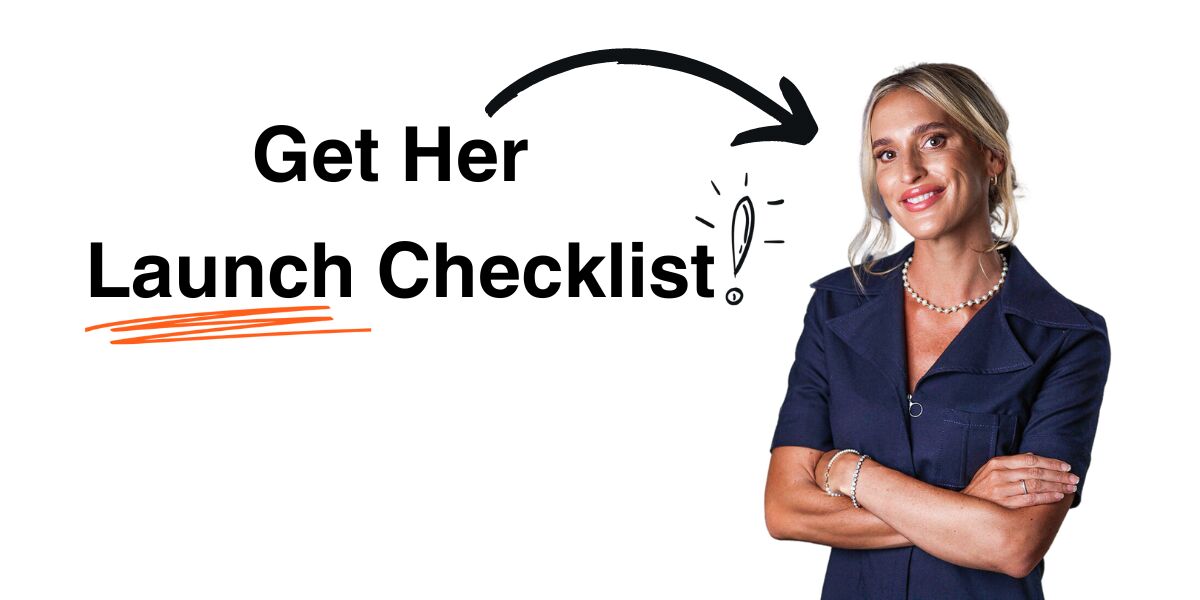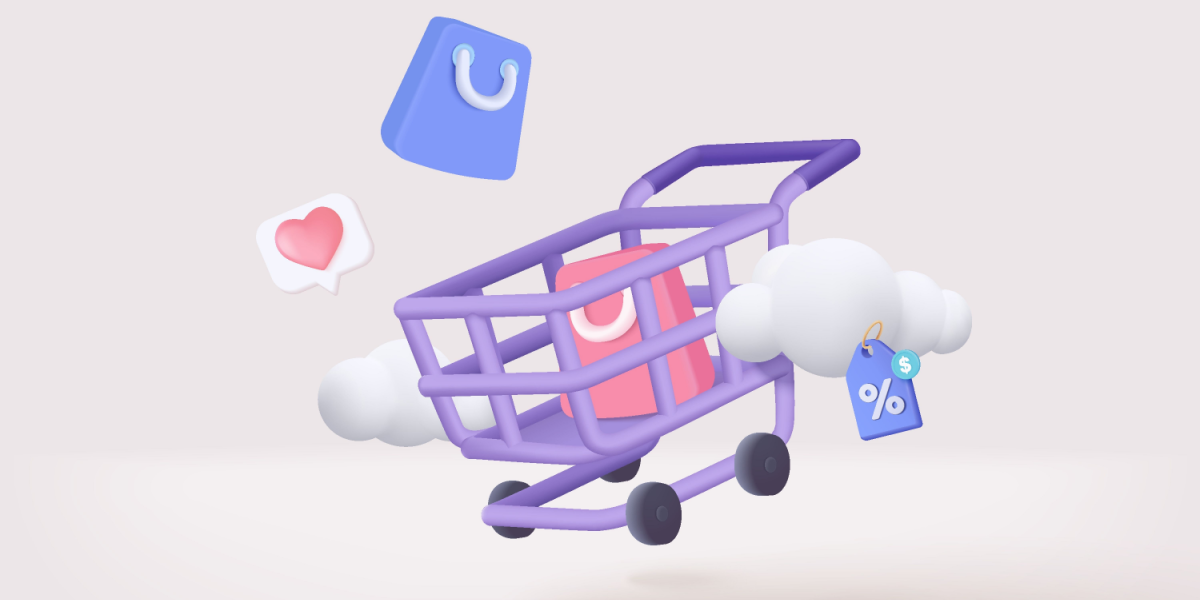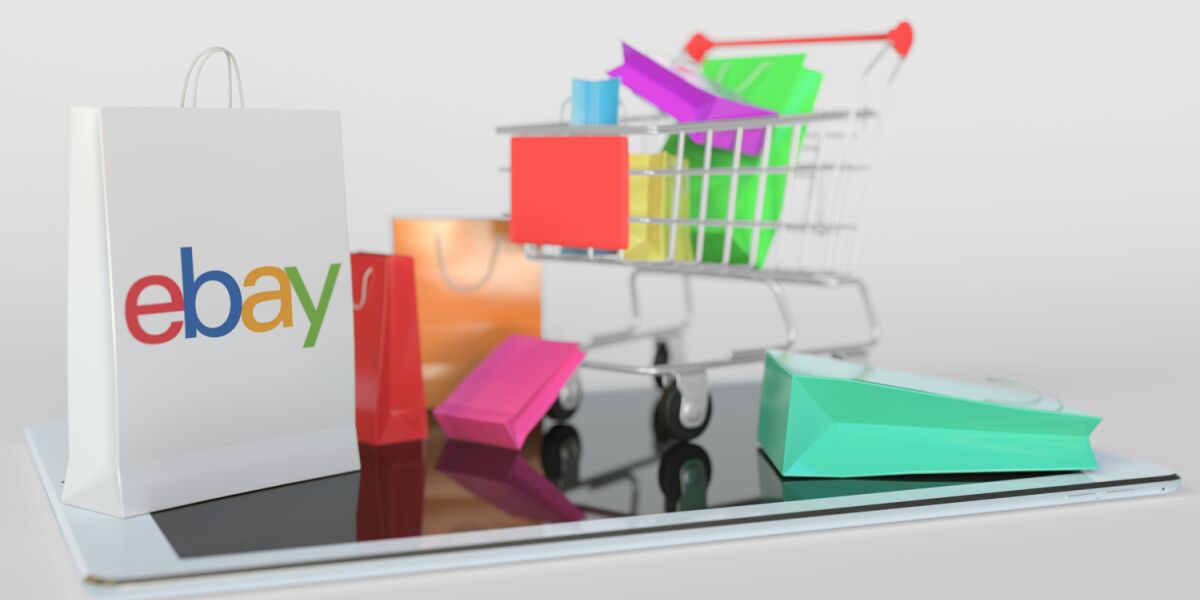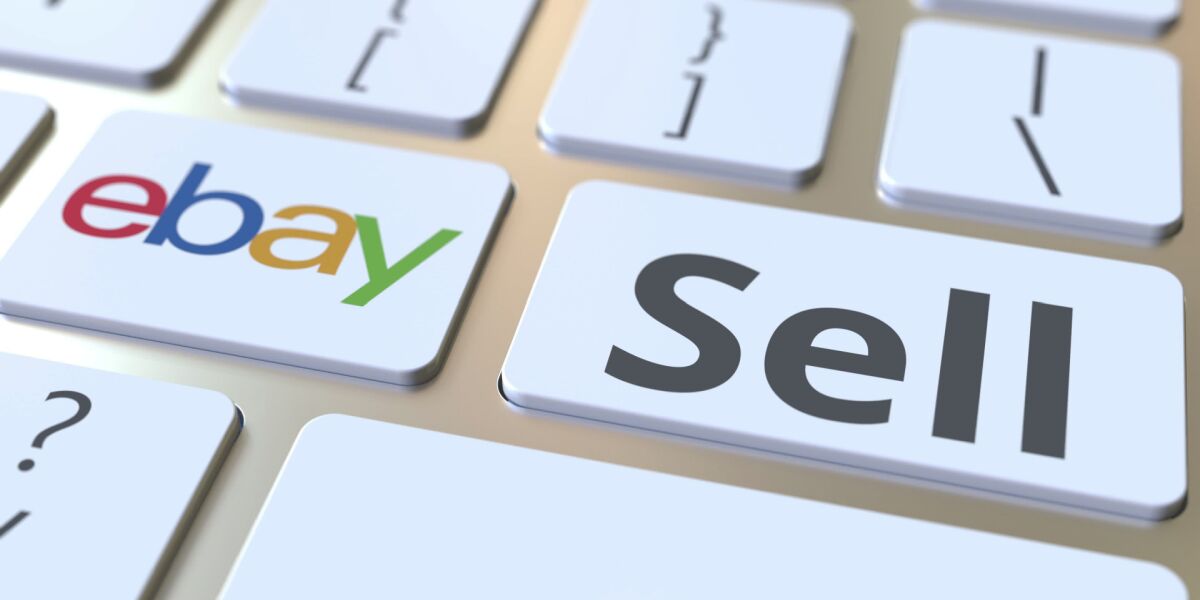If you’re like most startups, your marketing budget is probably pretty limited. You’re also likely facing competition from larger and more established businesses that seem to dominate every marketing channel. Under such impossible circumstances, how can small businesses compete with big competitors?
Unfortunately, many startups can’t. According to a study of over 100 startup postmortems, 19% of failed companies were pushed out by the competition, 14% struggled with marketing, and 29% ran out of cash trying to keep up. The deck seems stacked against the little guy.
However, thousands of other, successful startups have proven that it actually is possible to compete with or even outperform major competitors—and we’re going to show you exactly how.
EXCLUSIVE FREE TRAINING: Successful Founders Teach You How to Start and Grow an Online Business
Big Businesses Have Big Weaknesses
For a startup, facing a big brand can feel intimidating. No matter where you turn, there they are. They already have high organic search engine rankings for all the major keywords. Their multimillion-dollar Adwords budgets ensure that they have widespread ad reach. While you are still trying to get the first 100 followers to your brand’s Twitter, they’ve already amassed tens of thousands. They own the box and they’ve boxed you out. Right?
Turns out, established players aren’t always as established as they may seem. The biggest marketers aren’t always the best, and even major brands can have huge holes in their marketing strategies.
If you’re a home improvement television show fanatic like I am, you know it’s true—the big beautiful mansion always has a leak hidden somewhere. As the square footage increases, so do the flaws and so do their costs to repair.
It’s the same thing with big businesses. The bigger they are, the more weaknesses you will uncover, if you know what to look for. And a competitor’s weakness is an opening for you to grab a foothold in the market.
That means the first step to competing with a big brand is to identify these gaps. Here are some major weaknesses that large businesses commonly share.
Lack of Personalization
Big brands often lose touch with niche audiences, as they target their messages to attract the widest possible market. However, consumers don’t all have the same goals or desires; even when they share similar demographics. By marketing to a general population, these brands inherently ignore niche audiences that require more specific and dedicated attention.
A few years ago, a small startup called Dollar Shave Club was entering the market. At the time, Gilette dominated the market for men’s razors. Gilette’s marketing campaign was extensive, with television commercials and retail space on every men’s hygiene shelf in every convenience store across America. They marketed one thing to all men—luxury multi-bladed razors. And they made billions doing it.
Dollar Shave Club realized that Gilette missed out on an entire market. Many men really just wanted a simple but high-quality razor that was cheap and convenient. They produced videos that directly targeted these men and offered low-cost, quality razors, delivered right to your door every month.
Founded in 2011, Dollar Shave Club sold to Unilever for over $1 billion.
The Cost of a Mistake
What happens if Larry’s Sneaker Company makes a huge mistake? Not much, really. However, if Nike makes the same mistake, it could cost them millions. This means, although big businesses may have the budgets to try new techniques, they aren’t always able to take risks.
US Airways’ Twitter account shared an inappropriate image. Although it was deleted after only 20 minutes, it had already been shared thousands of times, and screenshots still haunt the company.
Do a Google search for reviews on any big brand and you’ll find negative reviews from dissatisfied customers. This doesn’t mean that they are a terrible business, as any business that serves thousands of customers will likely have a dissatisfied customer at some point.
However, reviews are powerful. Consumers expect huge brands to have it together. They are much less forgiving of big brands and much more reactive to their mistakes. A few negative reviews can turn away hundreds of potential customers, which can be scooped up by a scrappy competitor.
And unlike big brands, startups have the advantage of flexibility and ability to take risks. They can test new ideas and make mistakes without anyone taking notice.
Poorly Optimized Marketing
While big businesses can’t always risk making a mistake, there is one mistake they do make frequently: they don’t properly optimize their marketing campaigns. Since they can compensate with their huge marketing budgets, they often do. As long as they are profiting from the campaign, they have no real reason to optimize it for better performance.
When established businesses neglect to optimize their campaigns, they end up paying more to acquire each customer. These unoptimized campaigns also have less impact on visitors, leaving a gap that smaller businesses can quickly take advantage of.
As the old saying goes, more money, more problems.
How to Dominate the Big Brands
Believe it or not, being small and new has its advantages. Being aware of your strengths will allow you to establish the most effective marketing strategy. Among other benefits, startups have the following things on their side:
- New is Exciting: People love new innovations, and even more, they love being the ones to discover them before everyone else has had the opportunity to do so. Consumers don’t always pay as much attention to promotions from big brands. They’ve seen these brands a million times, they already know what they sell, and their name no longer brings excitement. New businesses are able to excite the market in ways that big brands no longer can.
- Pivoting is Possible: Startups have the ability to pivot when things aren’t going right. Big brands, on the other hand, have already established their names, their offerings, and their positions. For them, pivoting can have serious blowback.
- There’s a Map: One of the greatest benefits of a startup over an established brand is the very fact that a bigger brand exists. In other words, a bigger company is already investing heavily in developing effective marketing strategies. Since they are already lifting the heavy load, you don’t have to. Instead, startups can monitor what is working (and not working) for these companies, and use that insight to improve their own marketing efforts.
Now that you know it can be done, the obvious question is, how? No matter what marketing field you’re playing on, there is a way to maximize your chances of success, even when you’re competing against big brands.
Leveling the SEO Playing Field
Large brands often rely on SEO as a less expensive method of acquiring new customers. In some cases, well-established brands already own the first page of Google for all major keywords relevant to a specific industry.
As a new startup with a low-authority website and no real online positioning, how can you build an organic presence? Here are a couple of ways to dominate larger competitors on the SEO playing field.
Focus on Long Tail Keywords
Many big brands don’t earn their rank on Google because of an excellent SEO strategy. Instead, because of their size, they often rank simply because they have a higher domain authority (DA). For major industry keywords, it may take a startup several years to capture a first-page ranking.
However, keywords with the highest search volume aren’t the only keywords that can bring massive traffic to your website. Long-tail keywords are phrases that are more specific and more closely related to what a consumer would search as they make their way down the purchase funnel.
Although the “app development” keyword has a search volume of 12K, it is extremely difficult to rank for. AHrefs shows several long-tail keywords that have much less volume but are much easier to rank for.
Although long-tail keywords may only receive a fraction of the search volume as top-level keywords, they actually make up the majority of online searches. It is estimated that long-tail keywords makeup over 70% of all monthly searches.
A new app development company, for instance, would have an incredibly difficult time trying to rank for “app development.” However, there are many long-tail keywords that would be much easier to rank for, such as:
- App development company vs. freelancer – A phrase that a potential app development customer would likely search in the beginning stages of the purchase funnel.
- How to find app developers – Midway through the purchase funnel, a visitor would likely use this phrase to figure out the steps in choosing the right developer.
- Best app development companies – As the customer makes it to the bottom of the purchase funnel, they will likely use phrases to help them find the specific development company that they will hire for their project.
Why don’t big brands target these keywords? Quite simply, they don’t need to. They spend their efforts maintaining their top-tier keywords. Since long-tail keywords have such small search volume in comparison, it isn’t worth their efforts to go after them.
This leaves a huge opening where startups like yours can gain a major competitive advantage. Want to learn more about finding and ranking for long-tail keywords? Check out Backlinko’s article, How To Find Long-Tail Keywords in 2019.
Become a PR Master
One of the best ways to get search engines to recognize you is to get people talking about your business online. Startups may not have much initial exposure, but established business have a harder challenge—staying relevant to the media.
The media loves discovering what’s new: new products, new businesses, and new entrepreneurs. Being mentioned by online influencers and influential sources within your industry can not only expose your business to new audiences, but it also shows Google that you are important enough to promote.
There are hundreds of thousands of bloggers and journalists out there, and luckily, the big brands are focused on very few of them. Since big brands can get the attention of the largest media sources, they often focus their full attention on doing so.
As a result, they miss out on journalists who have a strong presence over their audiences and smaller influencers who have extreme pull over their followers. Startups that take advantage of this gap can build strong industry relationships while constantly improving their domain authority.
While you’re interacting with consumers in your market, find out who influences them. What blogs do they read? Who do they follow on social media? Seek to build relationships with these influencers. Offer them samples of your product and introduce your brand to them.
Perform a SWOT analysis to find the strengths of your businesses and to clearly define your competitive advantage. Use your brand story to create a narrative that journalists want to write about and influencers want to share.
Public relations, in general, can be challenging. However, it has exponential benefits. The more you are mentioned by reputable publications, the stronger your media reputation will become. Soon enough, you will have journalists writing about your brand without any effort from your side. You don’t have to be an experienced publicist to do great PR, check out this step-by-step guide to landing press coverage.
EXCLUSIVE FREE TRAINING: Successful Founders Teach You How to Start and Grow an Online Business
Leveling the Google Ads Playing Field
It can almost seem impossible for startups to win big with Google Ads when facing competition from major players with huge ad budgets and top bids.
With the right ad strategy, however, startups can generate even better ad performance metrics than big brands and capture their share of ad traffic. Here are a couple of ways to dominate big brands in the Google Ads playing field.
Find Competitive Gaps
Big brands spend a lot of time trying to cover all their bases with their ad strategies. However, there is no such thing as a perfect ad strategy. Even an ad strategy that provides top metrics to a big brand will leave gaps that startups can strategically take advantage of.
For example, a big brand may have found that promoting their ads between the hours of 9 a.m. to 5 p.m. is most effective for their strategy. For a startup, this means that there is less competition after 5 p.m. While there may be fewer people searching, they can promote during that period without facing competition from the bigger brand.
Shopify takes advantage of ad extensions, which gives them additional links such as “Free Trial” and additional link descriptions to other pages such as “See Plans & Pricing.” Squarespace on the other hand, did not use ad extensions.
Other competitive gaps you may be able to find include:
- Lower volume keywords, which are often left unaddressed by big brands due to lower search volume.
- Niche keywords, which are often left unaddressed by big brands who target more mainstream keywords. For example, while “baseball gloves” would be highly-competitive, a niche keyword such as “left-handed baseball gloves” would appeal to a specific audience and have less competition from large brands.
- Ad extensions. While ads are limited to only a few lines of description, Google ad extensions to maximize ad space. Ad extensions allow you to submit extra detail about your business like a phone number or links to other site pages. Some big brands may not add extensions to their ads. By doing so, you can gain more real estate on the page and be seen more easily.
- Star ratings. If you’re selling a product and your competitors don’t have many (or have low) Google ratings for that product, it can be a major advantage. Encourage your customers to leave Google reviews to increase the star rating of your ads above your competitors.
Optimize Ads for Performance
Big brands spend millions on Google Ads. They often win with ads because they are able to bid higher, not because they have the best ads or landing page experiences. While Google wants high bid amounts, consumers want high-quality search experiences that lead them to the products and services that they desire.
Startups usually can’t compete with big brands on budget size, but they can definitely compete when it comes to ad performance.
Start by looking at how the larger competitors have set up their landing pages and ad copy. Identify their strengths and mimic those strengths in your own copy. Run your ad until you have a sufficient sample size.
After establishing a baseline of metrics, use A/B testing to increase the performance of your ads. Duplicate your ad and make one small change to the duplicate. Run the new ad and see how it performs in comparison to the last. If it performs better, keep the new ad and set up another test.
Continue to iterate and test your ad copy until you have maximized performance. Once your ads are completely optimized, repeat the same process with your landing pages.
Having well-optimized campaigns will give visitors a much better experience than your big brand competitors. Furthermore, it will raise your “quality score” on Google Ads, giving you the upper hand when it comes to ad placement!
Optimizing your ad campaign is an ongoing process, here’s a guide on how to optimize ads to get you started.
Leveling the Social Media Playing Field
Big brands have the funding necessary to launch really cool social media campaigns, and for startups, this can be intimidating. Your brand has 200 followers, but your competitor has 100,000. How do you compete?
Having huge follower numbers really means nothing if you can’t engage with them. While many big brands have large followings, their engagement rates are typically low. As a startup with few followers, you should focus on creating as much engagement as possible.
The best way of doing this is to find early adopters who are looking to follow new innovative brands and getting them to engage by adding a personal touch.
Attract Early Adopters
Early adopters are defined as individuals or businesses who use a new product or technology before others. Unlike most consumers, early adopters are much more willing to try new products and even pay more to use a product early on.
Individuals who invest in crowdfunding campaigns are great examples of early adopters. These consumers need less validation from others that a product is worth it. They enjoy being “discoverers” of things that improve efficiency and raise their social status. They also are more likely to purchase from you instead of your big brand competitor, if you can find them.
Here are three great ways to find early adopters using social media:
- Engage in Social Groups – Big brands don’t hang out in groups on Facebook and LinkedIn. However, these groups are built by individuals who are looking to communicate with others who have similar interests. Join groups that relate to your product, service or industry. In the beginning, don’t promote, just engage. Become someone they turn to for expert insight. When the time is right, introduce them to your brand.
- Contact the Right Influencers – Don’t just engage with consumers, but engage with the people who are already engaging with the consumers. Everyone on social media is influenced by someone else on social media. Whether it’s the industry “expert” who people follow for advice about a certain topic or the mini-celebrity who blew up on YouTube, influencers exist in every market. Big brands work with celebrities and often ignore social influencers. In today’s world though, social influencers have as much, if not more, pull than the celebrities. When it comes to teenagers, for example, 70% say they relate to YouTube creators more than traditional celebrities. Check out this article, “An Insider’s Guide to Working With Influencers on Social Media” to learn how to implement influencers into your marketing strategy.
- Use the Right Messaging – If you want to attract early adopters, make sure your core messaging plays to their desires. Early adopters want things that are new and innovative, and furthermore, things that do what they claim. As you push new campaigns in front of social media users, include words and phrases that specifically attract early adopters like “beta,” “new,” or “limited release.” Showcase the things that they want to see—videos of the product in action, reviews from others who have used it, and details of how it will improve their specific situation.
Personalize Engagement
Once you’ve gained the attention of early adopters, it’s important that you engage with them. Big brands are often too big to engage. They have so many followers and get so many comments that they can’t possibly reply to each one.
Startups don’t have this problem, though. For as long as you can reply to every comment, do it. Customers don’t want to feel like a brand is merely selling them something; they want to feel like they are connected to your brand.
Use your startup size to your advantage. It’s nice to get likes, but when you get consumers to actually interact with your brand on social media, you can convert them into long-term customers.
Discover the things that your followers engage with most, and produce media that they interact with. Communicate with them in the comments. Ask for their opinions about the media that you post. Tell them to chime in with their stories. Engage with them in a way that big brands can’t, and you’ll win them over for life!
EXCLUSIVE FREE TRAINING: Successful Founders Teach You How to Start and Grow an Online Business
How to Win for the Long Term
By implementing the strategies we’ve discussed, you will increase your position and level the playing field with bigger brands. As a startup, you have a major advantage.
However, you won’t always be a small startup. One day, you’ll be a big startup. Eventually, you will be that same big brand that you are fighting against today. Some new startup will read this article and use these same tactics to take you on.
The most important thing you can do to beat the big guys and stay on top? Be consistent with your strategy for the long term. As you grow, don’t abandon the techniques that helped you grow as a startup—take advantage of them and maximize them for long-term success!
What’s an advantage that you’ve experienced as a startup? Tell us about it in the comments below!

